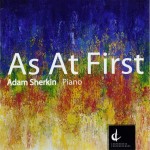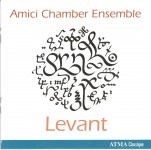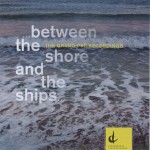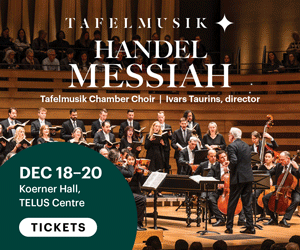Barbara Pentland – Toccata - Barbara Pritchard
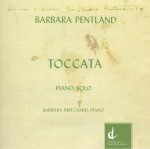 Barbara Pentland – Toccata
Barbara Pentland – Toccata
Barbara Pritchard
Centrediscs CMCCD 18312
I am very happy that Centrediscs, a label on which I also record, has released this CD of the solo piano music of Barbara Pentland. She was one of Canada’s leading composers who also had a place in the international avant-garde. Although she favoured serial techniques she did not let the rules restrict her. Her music sings and flows with imagination and colour. These are not the dry ascetic pieces you might expect from a serialist.
The first piece on the CD, Toccata (1958), is modelled on the toccatas of Frescobaldi and reflects the baroque virtuosic style of fast trills, arpeggios and hand crossings. Barbara Pritchard played this piece for the composer and gives an exemplary performance.Ephemera (1974–78) is made up of several short pieces named Angelus, Spectre, Whales, Coral Reef and Persiflage.This is an extraordinary set of works and Pritchard’s sensitive tone and attention to detail make this impressionistic-sounding music a mesmerizing experience. The humour that Pentland injects into two of these pieces is charming. A hint of Reveille in Persiflage is quirky and fun.
Tenebrae (1976) is full of brooding shadows lovingly played by Pritchard. Dirge from 1948 and From Long Agofrom 1946 illustrate Pentland’s early style and you can hear the influence of Copland, Stravinsky and Bartók on her work. Vita Brevis (1973) and Horizons (1985) complete this excellent CD which should encourage pianists of all levels and musicians of any taste to discover the marvellous, musical world of Barbara Pentland.


